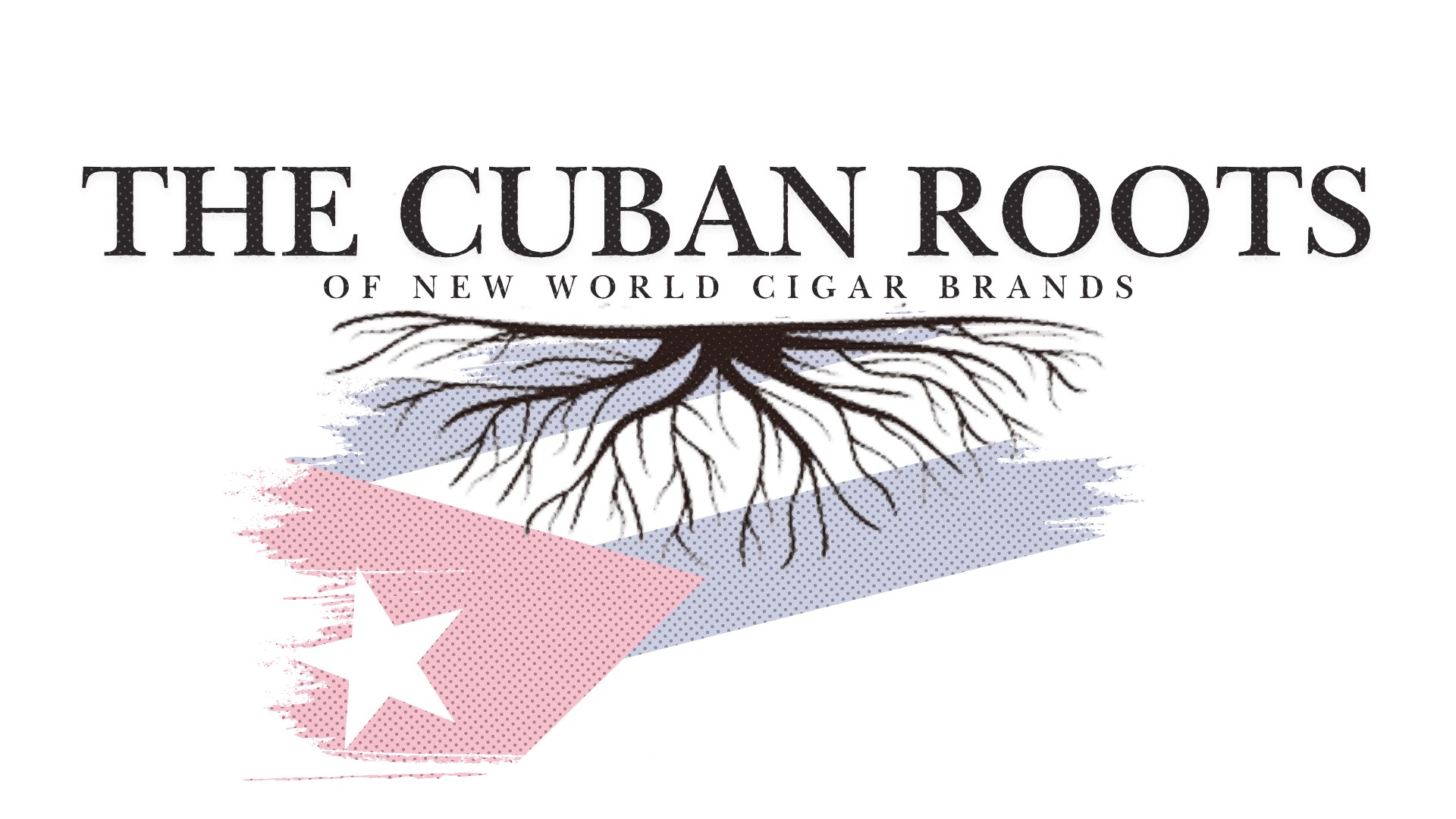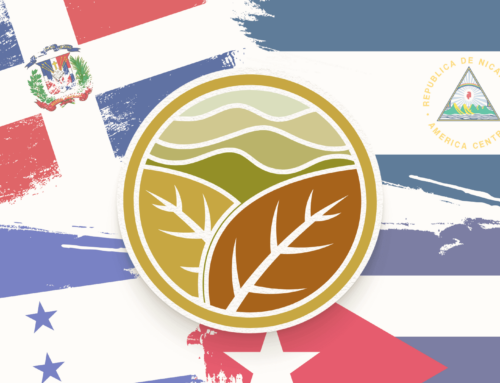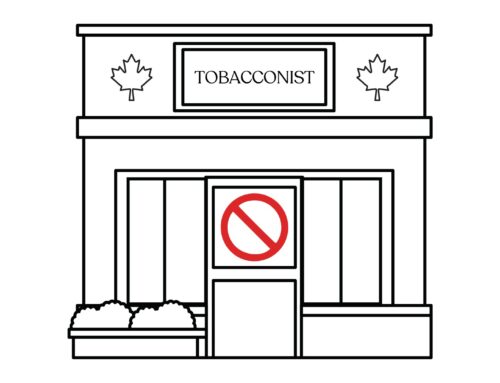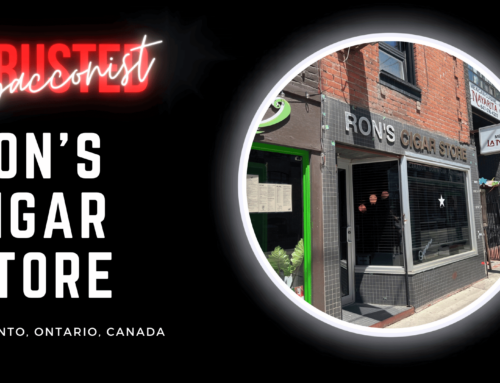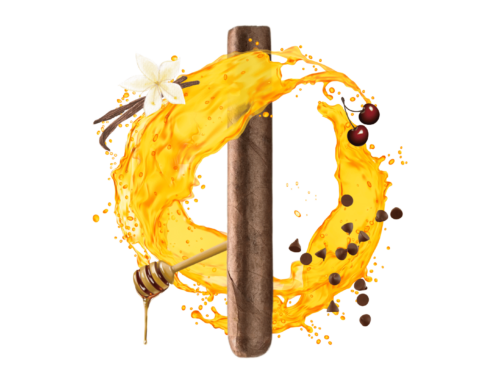With a long and storied history dating as far back as the early 16th century, the tradition of cigar making in Cuba has been passed down through generations, with many families dedicating their lives to perfecting the craft.
Of course, many of us are familliar with the story of Fidel Castro’s Cuban Revolution, and how in the year 1959 it nationalized the entire Cuban cigar industry while forcing many famillies to leave their cigar operations behind and start over in another country.
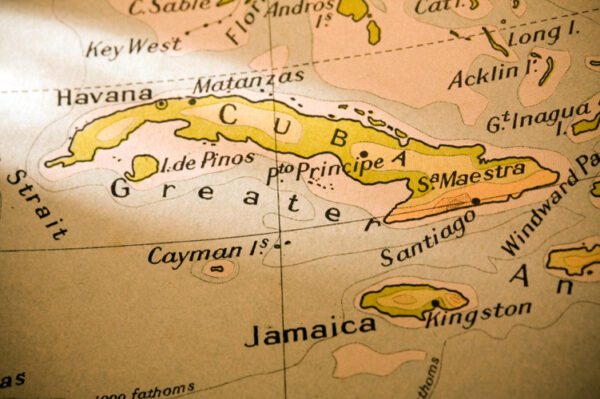
Today, countless New World cigar companies embody a history with strong famillial ties to Cuba and continue to employ time-honored Cuban-born methodology and tradition in their approach to cigar making. Of those who have departed from Cuba to new lands, many offer tales of how their family was exiled during the Revolution while others claim to have left on their own accord.
Collectively, each left the Cuban homeland searching for a new location to emulate the “Cuban taste”, as well as a better place to gain recognition and financial success though tobacco. Regardless of what prompted their exit, this piece will examine a handful of prominent New World cigar brands and the Cuban history that has played a pivotal role in shaping them.
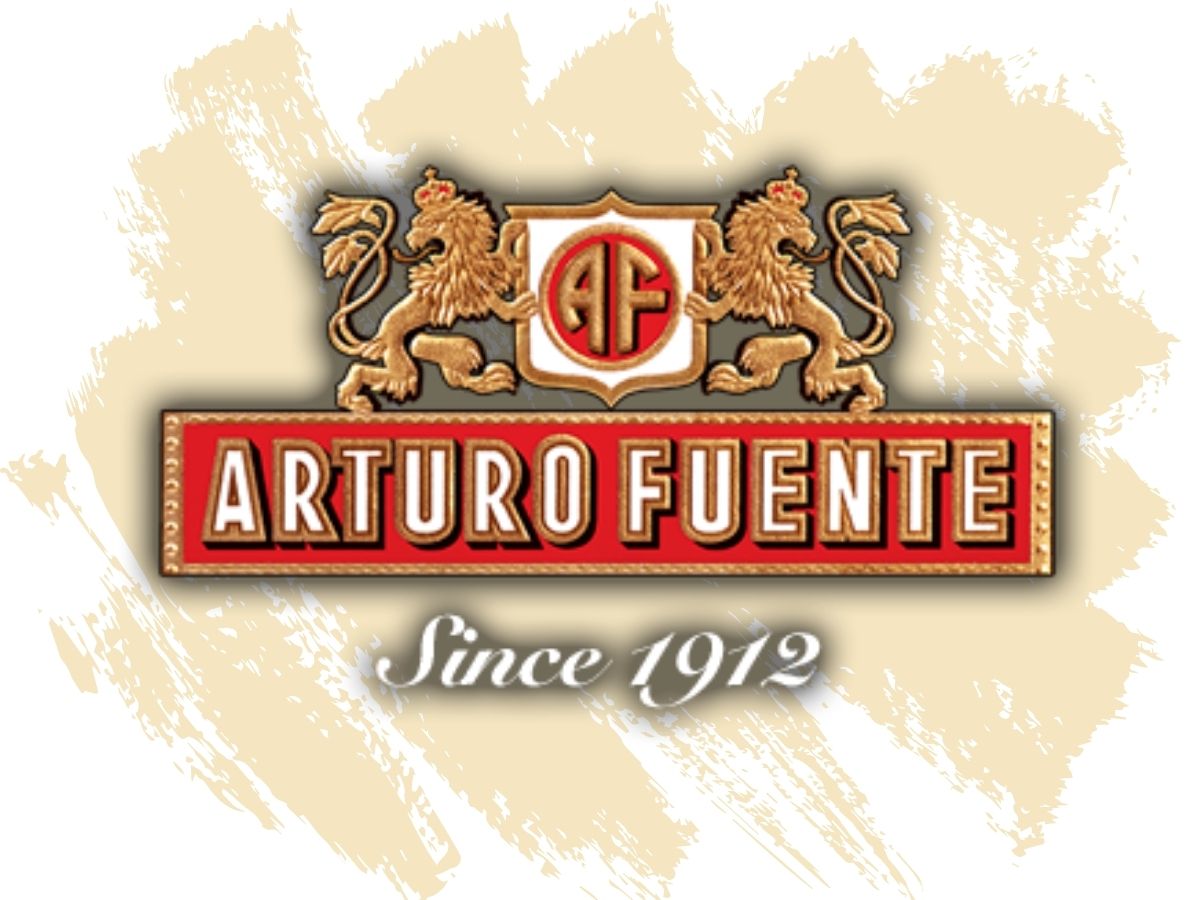
Arturo Fuente
Year of Departure from Cuba: 1910
Location(s) of Reestablishment: USA, Nicaragua, Honduras, Dominican Republic
#1 Cigar of the Year: Fuente Fuente Opus X Double Corona (2005), Don Carlos Eye of the Shark (2017), Fuente Fuente Opus X Reserva d’Chateau (2023)
In 1906, after the Spanish-American War, Arturo Fuente left his Cuban hometown of Güines for the United States. He initially settled in Key West, Florida, where the seeds of a thriving cigar industry had recently been established by other Cuban immigrants. Ultimately, Arturo settled in West Tampa, Florida, adjacent to Ybor City. Here, he established A. Fuente & Company, which ultimately grew to employ over 500 workers to make cigars in the Cuban tradition using exclusively Cuban tobacco.
Though Arturo left Cuba on his own free will, it would later be his son, Carlos, who would have to flee another country – Nicaragua – where he had moved Fuente operations to after the availability of experinced rollers became scarce and costs became too high. A national revolution led by the Sandinista Guerrillas forced Carlos to hastily exit Nicaragua before Fuente operations were burned to the ground.
After a series of failed attempts to reestablish the company in the USA and Honduras, he settled on the Dominican Republic alongside his son, Carlos “Carlito” Fuente Jr., where they have made cigars ever since and have received critical acclaim with cigar lovers all over the world.
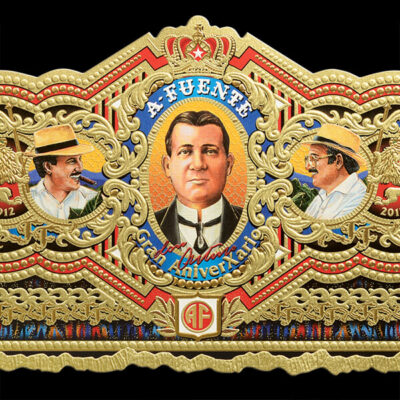
The Arturo Fuente Gran Aniversario cigar band depicts Arturo Fuente (middle), Carlos Sr. (right) and Carlos Jr. (left) (image: Arturo Fuente)
Arturo Fuente has acheived #1 Cigar of the Year 3 times, including 2017’s #1, the Don Carlos Eye of the Shark. “I wanted to bring back that old world style, just to keep the art, the tradition, the craft, alive”, says Carlos “Carlito” Fuente Jr., recalling childhood memories of watching workers of Cuban decent in his Grandfather’s company construct unique Perfecto shapes.

Arturo Fuente Don Carlos Eye of the Shark cigar
Soon, following a 40-plus year hiatus, Arturo Fuente is slated to recommence factory operations in Nicaragua in a brand new, state-of-the-art facility.
Given their Cuban family lineage and the cigar making practices brought over from Cuba to America via Arturo Fuente, the Fuente family have perfected the art of cigar making by staying true to these time-honored methods of cigarmaking, while always keeping a keen eye on their next innovation and what lay ahead.
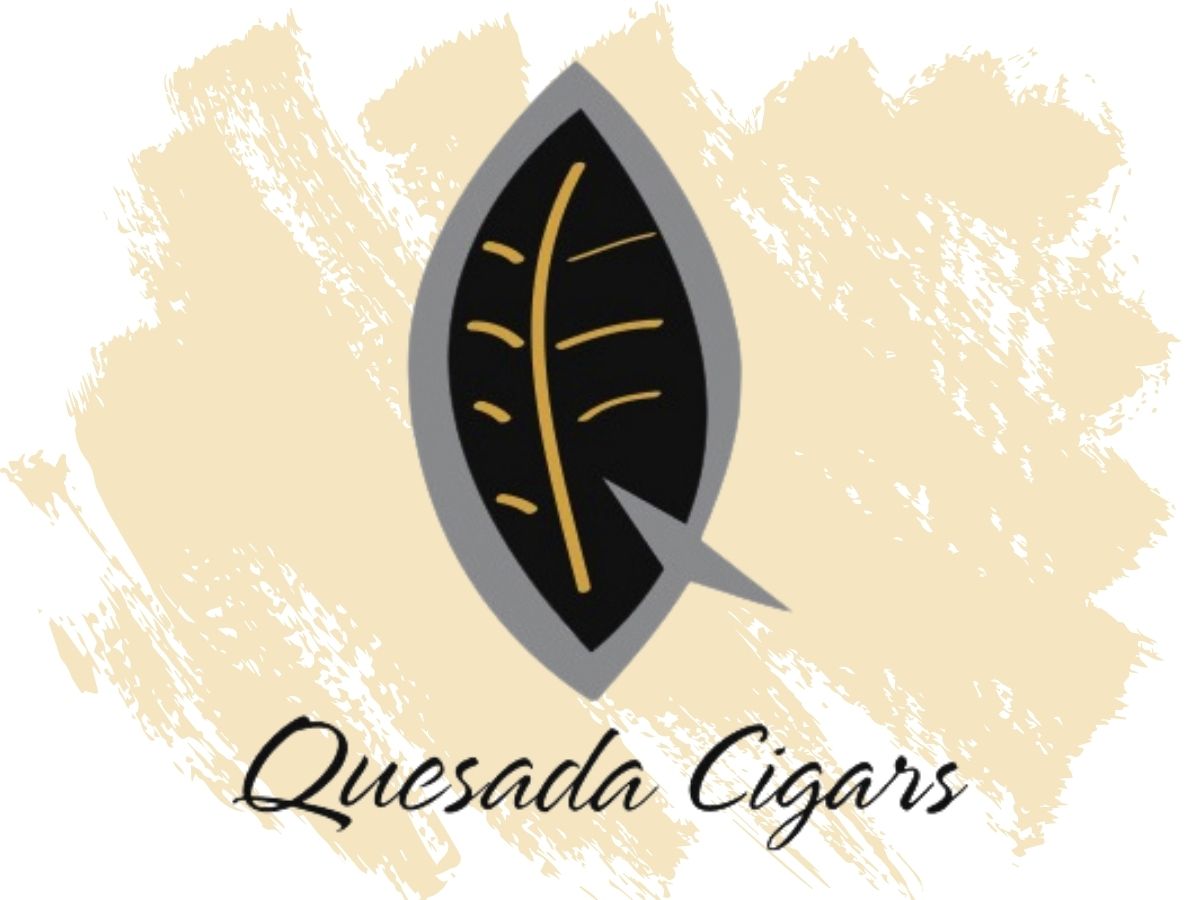
Quesada Cigars
Year of Departure from Cuba: 1961
Location(s) of Reestablishment: Dominican Republic
#1 Cigar of the Year: Casa Magna Colorado Robusto (2008)
Quesada’s patriarch, manuel “Manolo” Quesada remebers the day that his family’s Cuban tobacco brokerage operation becaume seized by the Castro regime:
“It was a Saturday and I was 12 years old. I was at the factory with my father and my brother. In the morning, a Jeep stopped at the front door. Four guys with rifles and one skinny guy wearing a tie got out and told my father to take them to the safe box. They told him to shut the safe box and they put a seal over it. They told us to leave and to come back on Monday when an “interventor” would come to tell us what was going to happen. So, my father took us home.
Next week they came and told us “you will be here for a year and you will tell us how to run this business”. Exactly a year later to the day, they walked into the office and told us “don’t ever come back”. From the office we went to the airport and left Cuba, and that was the end of that”.
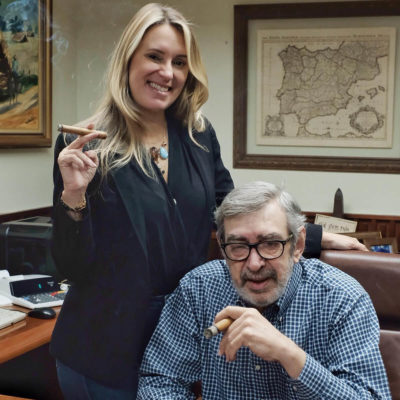
Manuel “Manolo” Quesada and his daughter Raquel
Quesada adds, “We reestablished ourselves as leaf brokers in Dominican Republic in August of 1961. Shortly after we arrived, the dictator Trujillo was killed in May. Later in 1965, they had a revolution and we all thought this was going to be a replay of Cuba. So we spent the revolution under our beds in Santiago until (American President) Lyndon B. Johnson sent the marines down to stabilize everything. After that we just kept on going, working away”.
Quesada would eventually establish themselves as premium cigar makers in 1974. Recently, they celebrated five decades of cigar manufacturing in Santiago, Dominican Republic with the release of the Quesada 50th Anniversary cigar. 
Today the company is primarily run by Manolo’s daughters Raquel and Patricia, and creates brands such as Quesada, Casa Magna, and Magna Vega. In 2008, the Casa Magna Colorado Robusto captured #1 Cigar of the Year; a giant boost for Quesada.
To this very day, Manuel Quesada contends that cigar production techniques in Cuba have not kept pace with the innovation to be found in New World manufacturers, many of which were established by exiles from the Cuba.
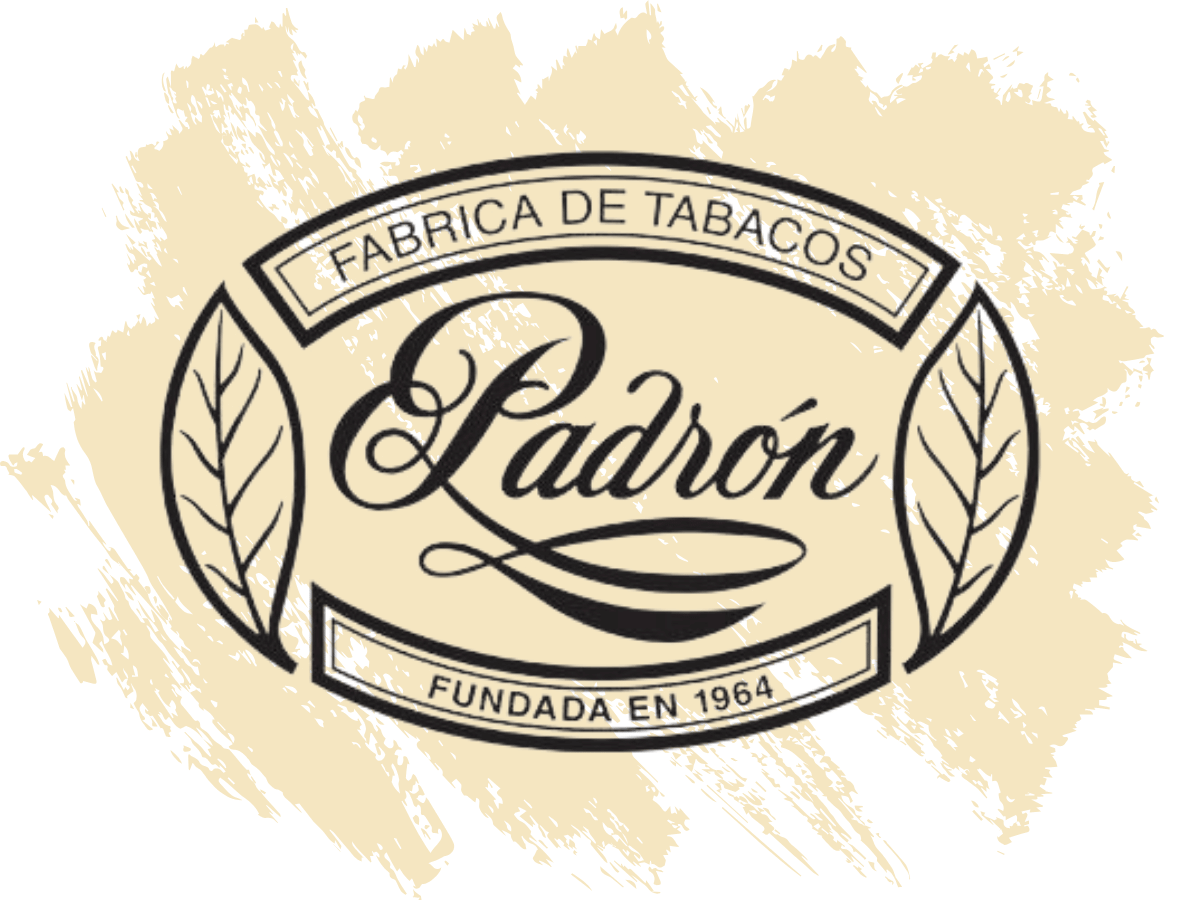
Padrón Cigars
Year of Departure from Cuba: 1962
Location(s) of Reestablishment: USA, Nicaragua, Honduras
#1 Cigar of the Year: Serie 1926 40th Anniversary (2004), Serie 1926 No. 9 (2007), Family Reserve No. 45 Maduro (2009), 1964 Anniversary Series Torpedo Natural (2021)
Since he was a boy, Dámaso Padrón worked in the tobacco fields of Pinar del Rio. Eventually, the Padrón family purchased a modest farm where they cultivated tobacco and continued to add small farms in Pinar del Río before starting a factory in the town of Piloto. Eventually, José Orlando Padrón (Dámaso’s Grandson) began a lifetime of working with tobacco in the Padrón family business.
In 1961 in the midst of the Cuban Revolution, the Padrón farm was seized by the Castro regime. José Orlando fled Cuba and ultimately settled in Miami in 1962 after spending time in Madrid and New York first. Two years later he established Padrón Cigars (initially called “Piloto Cigars” named after the Cuban town he came from) in Miami with $600 he had accumulated through carpentry and gardening work.
José Orlando began producing approximately 200 cigars a day with only one roller. Early on, he learned that a valley in the Estelí region of Nicaragua had a microclimate and quality of soil similar to those of Pinar del Río – the Cuban province where the highest quality tobacco was planted, harvested and cured. In 1967, he shifted from using Connecticut Broadleaf tobacco to Nicraguan tobacco, and within a short period of time, he became unable to meet the growing demand of his customers, so he moved the entire company moved to Estelí, Nicaragua, in 1970.
Similar to his industry friend Carlos Fuente Sr., José Orlando endured great hardships in Nicaragua, and even in the US, but with the help of family he prevailed, and today the Padrón family proudly make cigars of the utmost quality in Esteli, Nicaragua. Padrón has won #1 Cigar of the Year an astounding 4 times, including the very first time the award was presented in 2004.

The Serie 1926 40th Anniversary cigar, the first to be awarded #1 Cigar of the Year in 2004.
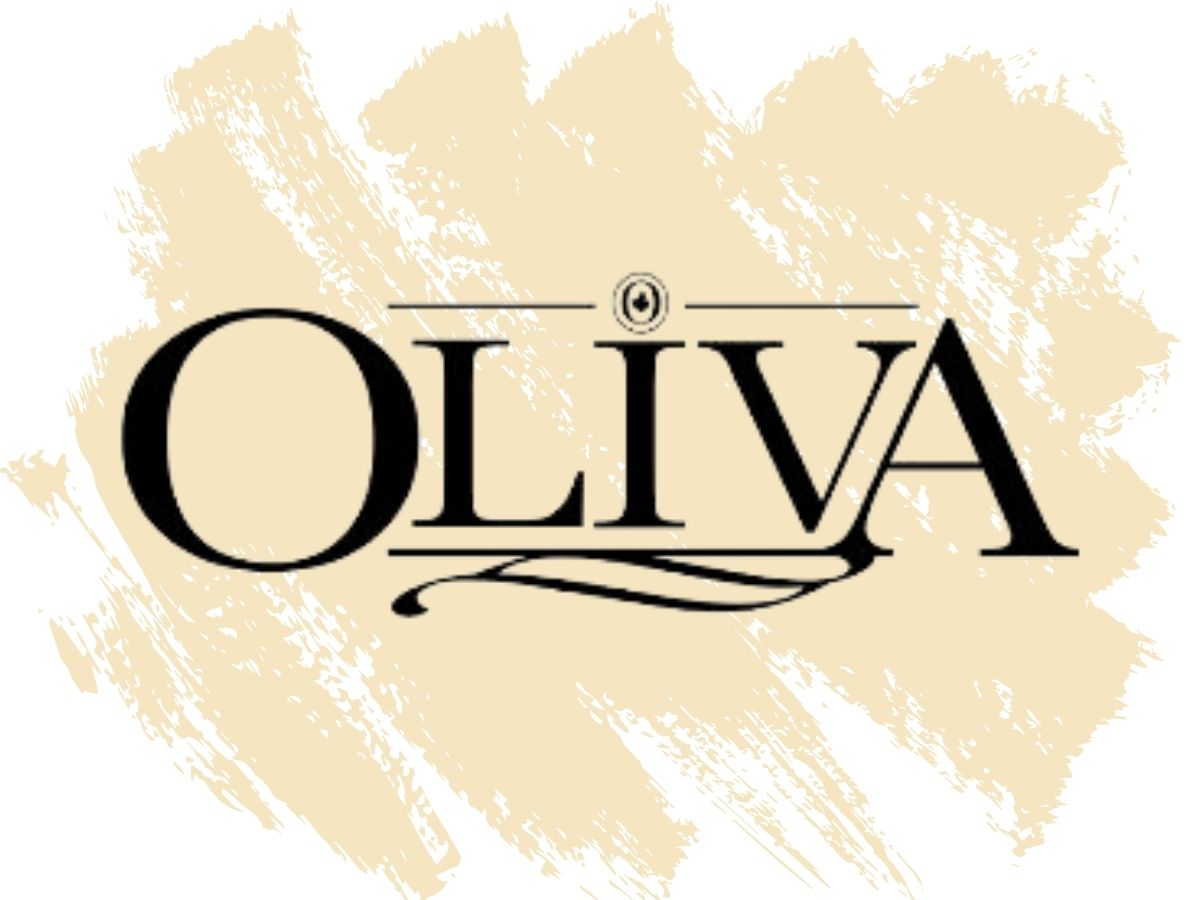
Oliva Cigar Co.
Year of Departure from Cuba: 1964
Location(s) of Restablishment: Nicaragua
#1 Cigar of the Year: Serie V Melanio Figurado (2014)
In the year 1886, Melanio Oliva planted his first tobacco seeds within the lush province of Pinar del Rio in Cuba. It is here that the family’s initial tobacco patriarch first cultivated tobacco.
Around the time of Castro’s Cuban Revolution, the Oliva family had already been perfecting their craft with tobacco for approximately 75 years in Cuba. As the new political climate was not conducive to the advancement of their business, it became pertinent to search for a new home for the family run operation.
In 1964, Gilberto Oliva (Melanio’s Grandson, son to Facundo Oliva) fled Cuba and would soon visit multiple parts of the world (Honduras, Panama, Mexico and the Philippines) in search of a new location to work with tobacco.
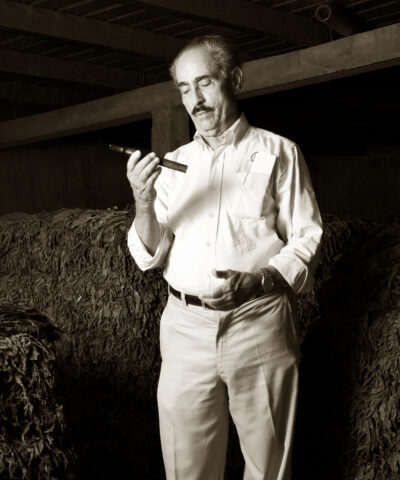
Gilberto Oliva Sr.
He eventually settled in Central America in the country of Nicaragua. Here, the rich and dense volcanic soil was deemed as ideal for growing tobacco of utmost quality, and effectively recreating the Cuban taste they loved.
In 1995, Gilberto Oliva and his son Gilberto Jr. founded Gilberto Oliva Cigar Co., and later shortened the name to simply Oliva Cigar Co. They originally began making cigars within Nestor Plasencia Sr.’s (another Cuban exile) factory in Nicaragua. In less than a year, their sales enabled them to open their own facility in Nicaragua.
In 2014, the Serie V Melanio Figuardo was crowned #1 Cigar of the Year by Cigar Aficionado Magazine.

Today, under the ownership of Belgian-based Vandermarliere Cigar Family (VCF) (who acquired the company in 2016), members of the Oliva family remain on board to oversee operations. Currently, Oliva manufactures nearly 40 million cigars per year and are the second largest grower of tobacco in Nicaragua.
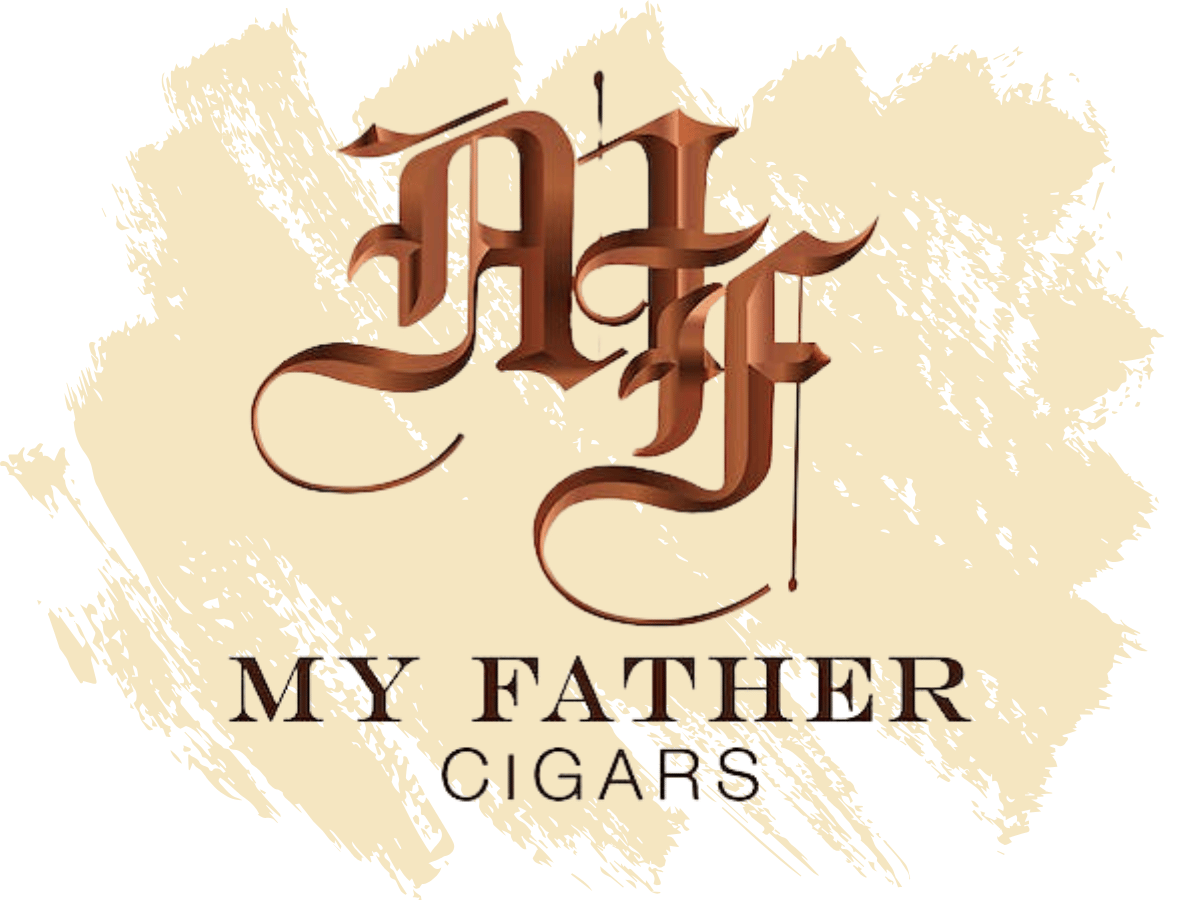
My Father Cigars
Year of Departure from Cuba: 2003
Location(s) of Reestablishment: USA, Nicaragua
#1 Cigar of the Year: Flor de las Antillas Toro (2012), Le Bijou 1922 Box-Pressed Torpedo (2015), The Judge (2024)
The My Father Cigars story plays out a little different than many of the other new world cigar brands that have been established by Cubans. Unlike many others, the Garcia family appear to have left on their own accord and ultimetly acheived the American dream, long after the Cuban revolution.
Jose “Pepin” Garcia got his start rolling cigars as a Torcedor at the tender age of eleven in the Cuban town of Baez, which is situated within the Cuban province of Villa Clara. It was here that his uncle owned a humble cigar factory where Pepin established foundational skills in cigar rolling prior to eventually working in cigar factories that became nationalized after the Castro regime’s takeover.
Pepin is accredited for his work involved in blending for Cohiba, Partagas, and Montecristo cigars.
In the year 2003, Pepin left a life in Cuba for Miami, USA and opened a small cigar factory called El Rey de los Habanos alongside his son, Jaime, and his daughter, Janny, who was the first Garcia to leave Cuba for the United States.
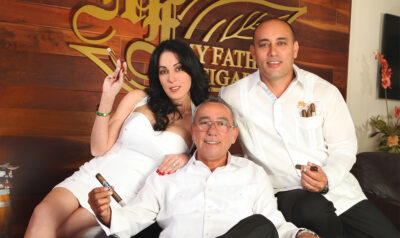
The Garcia cigar family (L to R: Janny, Pepin & Jaime)
In the USA, his early blends quickly received critical acclaim and rave reviews. Blends for newly launched Tatuaje, San Cristobal, and La Aroma de Cuba, as well as his own Don Pepin brand quickly got people talking about El Rey de los Habanos and the Garcia family.
To surprise his father for his birthday, in 2008 Jaime developed the first My Father blend. In 2009, the family relocated their thriving operation to a state-of-the-art factory and farm in Esteli, Nicaragua, that would take on the name of Jaime’s incredible new blend.
The establishment of a factory complex and multiple farms upon the fertile, volcanic soil of Nicaragua has ushered in a period of great international acclaim for My Father Cigars S.A., as well as a dream come true for Pepin and his Garcia family. Recently, the Garcia’s acheived their their third #1 Cigar of the Year with The Judge (98 Points).

To this very day, the influence of Cuban traditions in cigar making continues to leave an indeliable fingerprint upon countless New World brands.
As we move further away from the time of the Cuban Revolution that changed everything, it remains uncertain as to what effect the Cuban influence will continue have on New World cigars in the future, as well as what the future holds for cigars made on Cuban soil. Regardless of this, a countless number of cigar makers continue to exhalt the Cuban tradition of cigar making in their processes, from seed to a glorious finished cigar.
